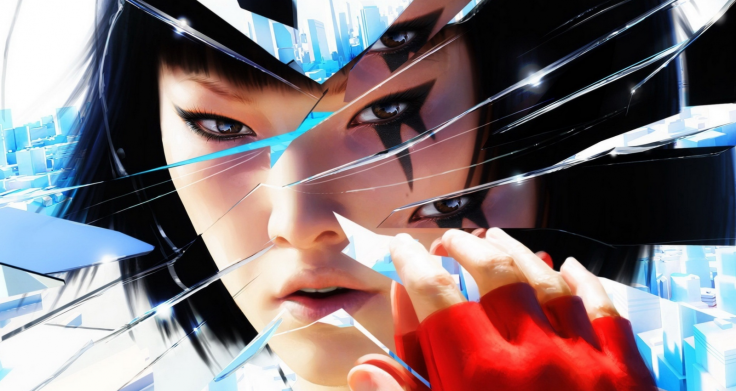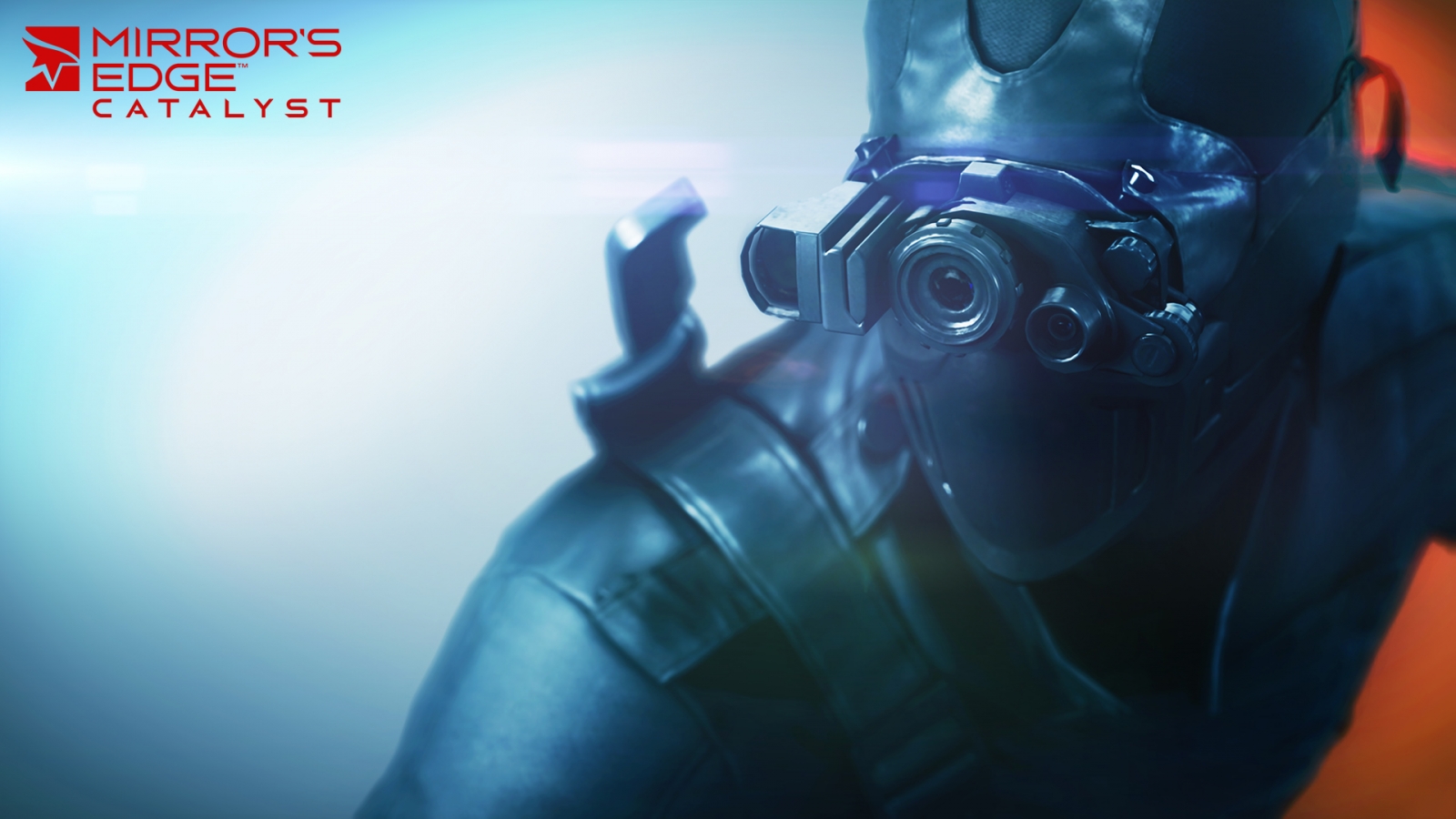Mirror's Edge Catalyst: Reflecting on script, combat and syle issues that tarnished the original

Fallout 3, Dead Space, Grand Theft Auto 4, Left 4 Dead – 2008 was a great year for video games. Partly, that's why Mirror's Edge got shut out. Competition was stiff, and in the shadow of the impact crater left by Call of Duty: Modern Warfare in 2007, in 2008 a successful mainstream game had to be either a fresh instalment in an existing franchise, or armed with the implicit sell-through qualities of guts and guns. Mirror's Edge was neither.
It has always felt to me like a game that was stuck between markets. It wasn't big, expensive and safe enough for the mainstream, which in 2008 became more entrenched in risk aversion, nor was it different, bold or plucky enough for the independent scene, which that summer had a major console breakout thanks to Braid.
Mirror's Edge launched at a bad time, essentially. My hope is that, in the time it's taken for a sequel to roll out, exclusionary AAA attitudes, and tastes for atypical games have softened and hardened respectively. I also hope that Mirror's Edge Catalyst has been worked, re-worked, and re-worked again, because that first game, as much as I wish it'd gained more traction, has its problems.
Scurrying like an idiot
The combat is unnecessary. Mirror's Edge Catalyst has combat in it as well, and that's a shame, but at least it looks better choreographed than the original. Fighting in Mirror's Edge isn't just another example of violence getting into games where it doesn't belong, or the lazy conflation of action and entertainment – it spoils the moment-to-moment experience.
The punch-ups in Mirror's Edge always feel like a pause from the free-running as opposed to a part of it. If you imagine that game as the flow of notes in a Rock Band track, rather than a tricky guitar solo, fighting in Mirror's Edge is like stepping on the wire and accidentally disconnecting your controller, then having to fumble it back in. On almost every occasion, it breaks your line. At the worst of times, it means scurrying around in circles like an idiot, trying to find the door while getting shot full of bullets.
Personally, I'd have taken combat out of Mirror's Edge, and certainly Catalyst – whatever entertainment watermark these games are expected to hit, they can reach it just through decent free-running. It looks like the combat has at least been overhauled for Catalyst, and that's something, but it'd be better if it went entirely.
I'd say the same for the art style. I understand that the clear, stark colours in Mirror's Edge are a navigation tool, that when the buildings are white and the objects you can traverse are bright red, it means you can find your way without breaking the flow of free-running. But I always find Mirror's Edge an uninteresting game to look at. It looks like LEGO. It's a toy world. And I find it hard to be sold on drama, excitement, tension and so on when I'm occupying an environment which has clearly been built specifically for me and video game purposes.









Light and uninteresting and prosaic and bad
If there was some way to balance between instantaneous visual navigation and an aesthetic more grounded – something which could plausibly come from a real city – that'd make Mirror's Edge more urgent and scary, but it's caught between being a game where you're running away from men with guns, jumping across rooftops and narrowly avoiding death, and one where you're hopping around a colourful playground.
It feels like either the combat should go or the art should change. Albeit with some different objects to interact with and improved destruction physics, Catalyst has the same minimalist visual scheme by the looks of things, and that's a pity.
The other problem with Mirror's Edge is its script - it's light and uninteresting and prosaic and bad. There's a lot of fluff about corporations and conspiracy, a lot of try-hard moments, but none of the characters mean much to anyone. It's just wraparound. And for a game that, especially in 2008, was trying a lot of new things, it feels like there should have been more of an effort to ingratiate the set-up. Even the cutscenes, rendered as they are in 2D animation, feel inherently empty. The writing's just not there.
So retrospectively, as much as Mirror's Edge was a victim of the market and the year that it came out, and as much as it's a good game, full of smart and new ideas, it's not quite the precious gem that I remembered. In first-person free-running Mirror's Edge tried something different, and occasionally it succeeded – when that game all clicked together, when the enemies weren't around, the level design made instant sense and complemented flow, and you were just going, it was a game like no other, and for that much, it deserves a sequel.
But I suspect that as much as the good will be refined, the bad will be left in. Eight years later, I think we're all more accepting of something like Mirror's Edge. But now, looking at Catalyst, I wonder whether that acceptance is necessarily healthy.
For all the latest video game news follow us on Twitter @IBTGamesUK.
© Copyright IBTimes 2024. All rights reserved.






